Look for good cushioning, sturdy arch support and quality material
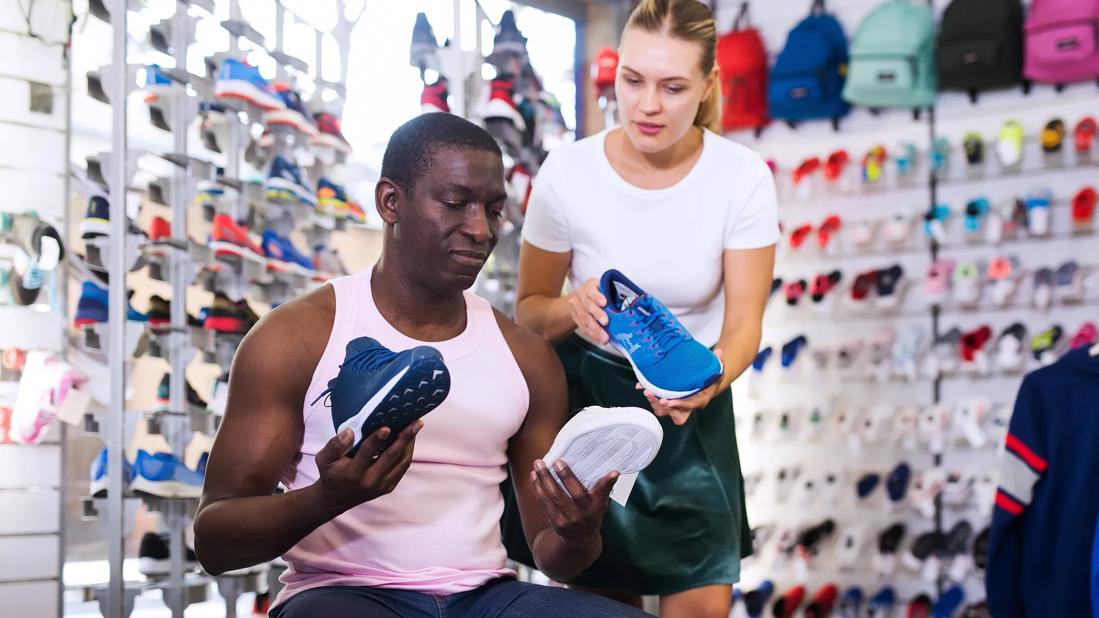
Walking is an easy, accessible form of exercise that you can do year-round. But to get good benefits out of walking, you’ll need a solid shoe that can give you the right amount of support. Getting the wrong shoes can set you back by causing injury or damage to your feet over time.
Advertisement
Cleveland Clinic is a non-profit academic medical center. Advertising on our site helps support our mission. We do not endorse non-Cleveland Clinic products or services. Policy
Physical therapist and athletic trainer, Michele Dierkes, PT, DPT, AT, offers advice on how to find the perfect pair of walking shoes.
There’s no single prescription for the best walking shoe. Your requirements may change depending on your lifestyle and the type of walking you’re doing. For example:
“I encourage fitness walkers to get running shoes because they provide more support and are generally more durable,” Dr. Dierkes says.
Even if you’re a more casual walker or step counter, the right shoe is still important. And it helps to know what type of foot you have before shopping for a pair. For instance, some people have a flat arch, while others have a higher arch. Some may even have a neutral foot type, which is an arch that’s not too low or not too high.
“If you go to a specialty shoe store, the employees may have a better understanding of how to fit a shoe to a certain foot type,” she adds.
Advertisement
If you’re currently having pain that’s limiting your walking ability, consult with a physical therapist. They can help you become pain-free before starting a walking program.
When you’re selecting the best walking shoe for you, you’ll want to consider the following features.
Good cushioning in the sole of the shoe helps absorb shock and reduces the impact on your feet while walking. This is essential for preventing discomfort or injury, especially during longer walks.
When in the shoe aisle, Dr. Dierkes suggests picking up shoes to see how they feel and, of course, trying them on. “A typical walking shoe is meant for comfort,” she explains. “It must absorb 1.5 times your body weight when you walk, so it’s designed to cushion the foot.” The more you weigh, the more shock absorbency you’ll need to remain comfortable and prevent injury.
But even with that cushioning, the shoe should also feel light and breathable. “The midsole, located on the inside of the shoe underneath the liner, should be made of light, pliable material,” she continues. “You may see flex grooves on the outsole (the bottom of the shoe that makes direct contact with the ground). Those tell you that a walking shoe bends more easily and has more flexibility.”
Walking shoes with a firm heel counter — a component placed in the back of the shoe for support — and good stability features help control motion and prevent excessive movement of the foot. This reduces the risk of injuries like:
Shoes with good arch support are important, especially if you have flat feet or high arches. Some shoes have built-in arch support, while others allow for custom inserts and removable insoles.
The upper — which is the outer, top part of your shoe — is often made of various materials like leather, mesh or synthetic fabrics, or a combination of all three. The choice of materials impacts the shoe’s breathability, durability, flexibility and overall comfort. If you live in a hot climate or tend to sweat, for example, you may want to look for shoes with mesh uppers instead of leather ones so they can allow your foot to breathe.
While the sole provides support, a well-constructed upper can also contribute to stability. A good upper, combined with the lacing system, plays a significant role in how well the walking shoe fits your foot. It also impacts comfort and helps prevent issues like rubbing, blisters or chafing.
Advertisement
Shoes that are too tight can cause discomfort, leading to numerous foot problems, like blisters on your toes. Shoes that are too loose can cause your foot to move around too freely, decreasing the support features of the shoe or contributing to a risk of falls.
Don’t buy bigger walking shoes with extra room unless your podiatrist or healthcare provider recommends it. You should be able to place one finger width between the end of your longest toe and the end of the shoe for a proper fit.
Other things you can do to make sure you’ve got the right walking shoe include:
Advertisement
Even when you find a good walking shoe, you shouldn’t wear them forever or until they completely fall apart. Over-wearing your shoes can lead to problems and potential injury.
To maximize the lifespan of your walking shoes and promote foot health, it’s best to rotate between at least two pairs of shoes at any given time. This allows each pair to air out and recover its shape between uses. Just remember that it can take 24 hours for shoes to regain their normal shock absorption capabilities after you wear them.
The lifespan of walking shoes can vary based on several factors, including the quality of the shoes, the materials used, your walking style, the surfaces you walk on and how well you maintain them.
Dr. Dierkes points out that a good pair of walking shoes can typically last around 400 miles. But she also notes that if you start to notice the bottom of your shoes are worn or are misshapen even before the 400-mile mark, it’s probably time for a new pair.
“Shoes will wear out faster if the shoe gets wet with walking,” clarifies Dr. Dierkes. “If you don’t track the miles on the shoe, then a good rule of thumb would be to replace your walking shoes every six months.”
Whatever you do, don’t let an uncomfortable or faulty shoe stop you from getting those steps in. If you’re still not sure if the shoes on your wish list are walking-friendly, talk to a physical therapist or podiatrist to learn more about your next best steps.
Advertisement
Learn more about our editorial process.
Advertisement
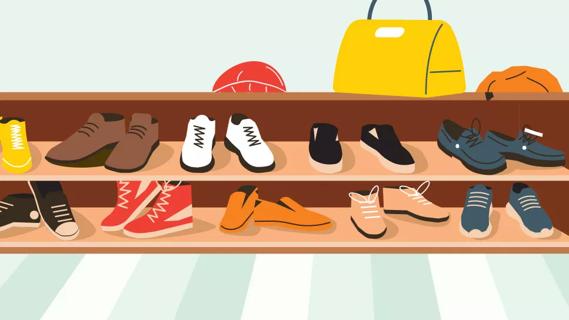
Leaving footwear on invites germs, bacteria, toxins and other unwanted guests into your home
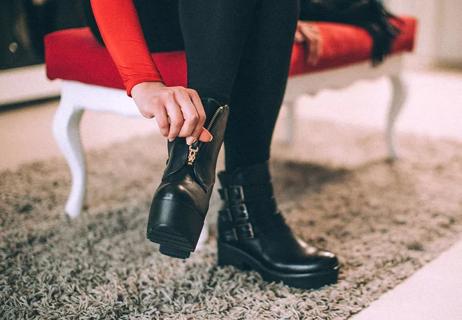
If they don’t fit well in the store, they won’t fit any better at home
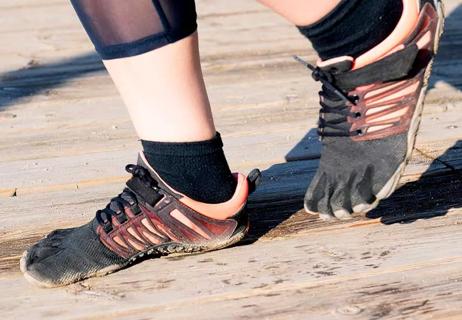
One thing is for sure: This footwear definitely kicks up controversy
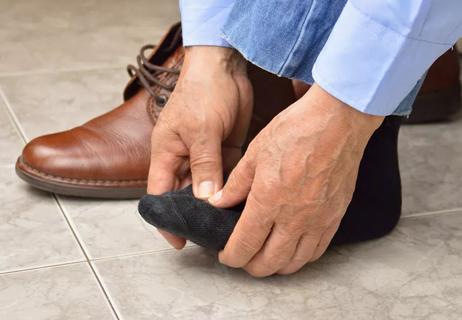
The years can literally reshape your feet
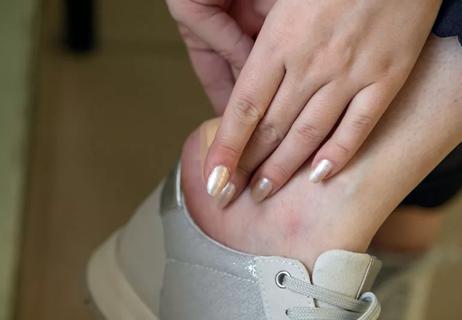
Dulling feeling in your feet could cause problems
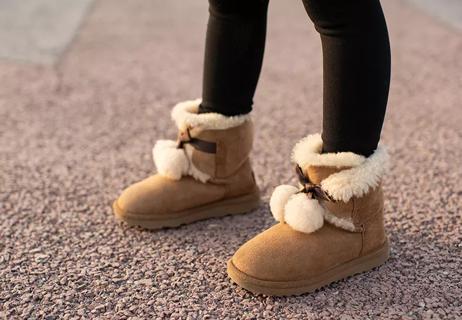
The lack of arch support in the popular footwear can lead to numerous aches and pains
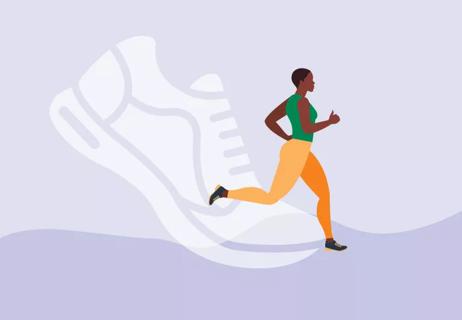
Tips for finding your perfect running shoe

Pick shoes that make your feet happy and are good for your overall health

The best parenting style balances enforcing rules and showing plenty of love

Tips include cutting back on sugar, focusing on exercise and managing stress

It can be harder to let go when you’ve invested time, energy and emotions — but it might be the healthier choice long term